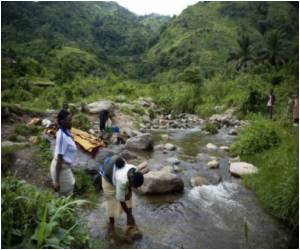
A research team in theoretical biology at Linkoping University has, with the help of mathematical modelling and simulation, studied how the dynamics of different types of ecosystems may be affected by significant environment fluctuations.
Linda Kaneryd, doctoral student and lead author of the study says the results were surprising.
"Several previous studies of food web structures have suggested that species-rich ecosystems are often more robust than species-poor ecosystems," she said.
"However at the onset of increased environmental fluctuations, such as extreme weather, we see that extreme species-rich ecosystems are the most vulnerable and this entails a greater risk for a so-called cascading extinction," she added.
In a rainforest or on coral reef there are a wide variety of species of primary producers such as green plants and algae. Since they are competitors, relatively few individuals of the same species exist, subjecting them to a greater risk of extinction should external conditions change. This could result in a depletion of food sources for a species of herbivores that, in turn, affects a predator at the top of the food chain. Biologists call this transformation a cascading extinction.
Advertisement
The researchers create their model food webs following on from their experiences with real ecosystems; what eats what, the composition of the species' life cycles, and how they interact with others. In this study, external conditions are represented as an increasing and unpredictable variation.
Advertisement
The study was published in the journal, Ecology and Evolution.
Source-ANI









